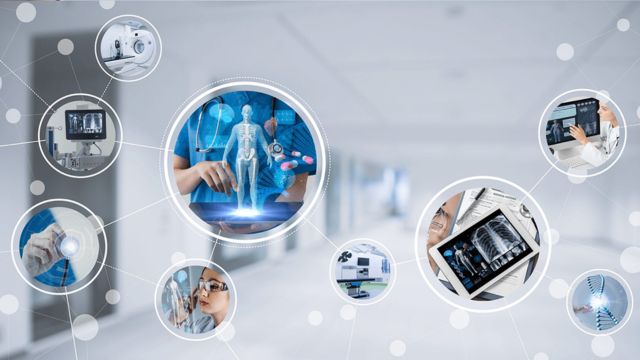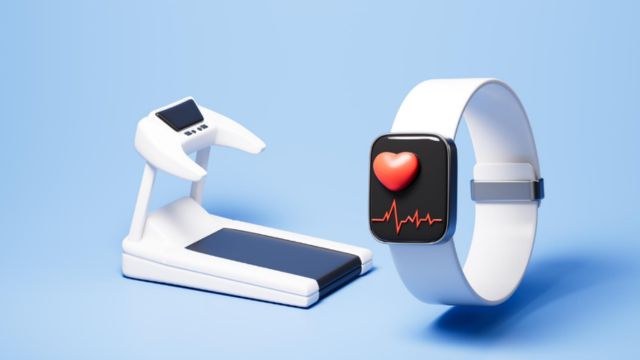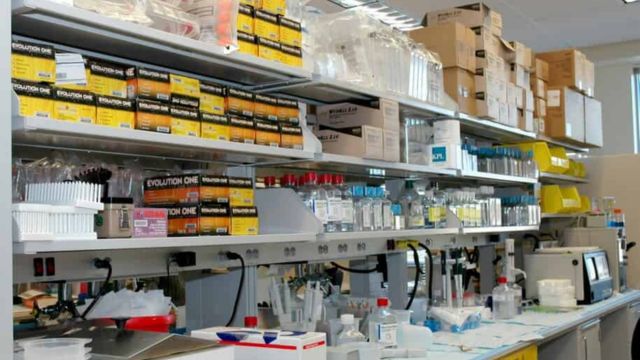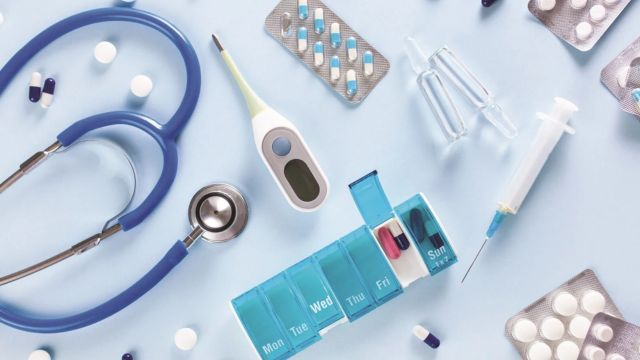Effective inventory management is absolutely vital in the hectic healthcare scene of today. Manual inventory management in hospitals and medical institutions handling significant supply levels can result in inefficiencies, stockouts, or even overstocking, therefore generating needless waste and costs. Here the Internet of Things (IoT) can transform the way medical supplies are handled by healthcare providers.
Through seamless communication, monitoring, and automation, the IoT lets devices connect across the internet. Rapidly entering the healthcare sector, this technology has improved operational efficiency and managed medical supplies and equipment, therefore enhancing their handling. Let’s investigate IoT’s applications in healthcare inventory control, advantages, and how it is changing medical supply chains going forward.
Understanding IoT in Healthcare Inventory Management
IoT is fundamentally the link of devices to the internet that may transmit data to central systems thereby enabling real-time monitoring, automation, and analysis. IoT-enabled devices may monitor the location, condition, and usage of medical products—from consumables like needles and bandages to massive medical equipment—in the framework of medical supply.
Smart shelves with sensors, for instance, can notify staff members when supplies run low or when replacements are needed. Medical equipment can similarly transmit information about its use, maintenance needs, and operational state, therefore enabling personnel to proactively control replacements or repairs before the equipment breaks.
Key Benefits of IoT in Healthcare Inventory Management
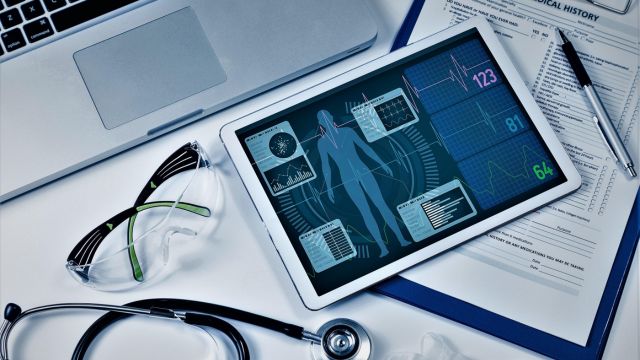
- Real-Time Monitoring and Alerts One of the key advantages of using IoT in medical supply management is real-time monitoring. IoT sensors attached to medical supplies or equipment allow hospitals and clinics to track their inventory continuously. For example, RFID (radio frequency identification) tags can be attached to medical supplies, allowing for immediate tracking and updates when items are used, moved, or replenished. Additionally, IoT systems can send automated alerts when supplies are running low, prompting staff to reorder before they run out. This ensures that hospitals and clinics are never caught off guard with a shortage of essential supplies.
- Reduced Waste and Improved Efficiency Overstocking and understocking are common problems faced by healthcare providers when managing inventory manually. With IoT-enabled systems, hospitals can predict demand patterns and adjust their inventory accordingly. This results in a significant reduction in excess inventory and minimizes waste from expired or unused medical supplies. Furthermore, IoT systems can automatically reorder medical supplies when they reach a predefined threshold, streamlining the supply chain and reducing the manual effort involved in inventory management. This also reduces the likelihood of human error in tracking supplies.
- Enhanced Asset Utilization and Maintenance Many medical devices require regular maintenance to remain operational. IoT technology allows for continuous monitoring of equipment usage and performance. Smart sensors can alert staff when a device is due for maintenance or when it requires repairs, preventing unexpected downtime. This predictive maintenance approach helps in reducing equipment failure rates, improves asset longevity, and ensures that medical equipment is always in optimal working condition. The ability to monitor real-time usage also ensures that healthcare providers are utilizing their assets more effectively.
- Improved Supply Chain Visibility IoT devices can provide end-to-end visibility across the entire supply chain, from suppliers to healthcare providers. This transparency is critical in identifying inefficiencies, potential delays, or disruptions. IoT technology enables healthcare organizations to monitor the status of medical supplies during transit, ensuring they arrive on time and in the right quantities. By integrating IoT systems with supply chain management software, healthcare providers can track inventory from multiple sources and streamline operations, ensuring the right products are available at the right time.
- Cost Savings Ultimately, IoT helps healthcare organizations save money by reducing waste, improving efficiency, and optimizing inventory management. By minimizing stockouts, overstocking, and expired goods, hospitals can reduce unnecessary procurement costs. Additionally, the automation of inventory and asset management frees up staff time, which can be redirected to other important tasks, enhancing overall productivity.
Challenges of Implementing IoT in Healthcare Inventory Management
IoT technology presents many advantages, but its application does not without certain difficulties. First of all, especially for smaller healthcare companies, the initial setup cost may be somewhat significant. Furthermore, including IoT devices into current healthcare systems may call for a large amount of time and money.
IoT devices raise questions about security and privacy as well. These gadgets link to the internet, so they have to follow strict security standards to guarantee that private patient and hospital data stays safe from online attacks.
But as technology develops and gets more reasonably priced, these issues should fade and IoT solutions will be more easily available to all kinds of healthcare providers.
The Future of IoT in Medical Supply Management
IoT for inventory control in healthcare seems to have bright future. Further improved IoT devices and systems are to be expected as technology develops. Improving IoT capabilities is projected to be mostly dependent on artificial intelligence (AI) and machine learning (ML), which will enable healthcare providers better predict demand and thereby simplify their operations even further.
Moreover, the combination of IoT with blockchain technology could offer a layer of security and openness in the supply chain, therefore guaranteeing that medical goods are traceable and their source is clear.
Are you ready to investigate smart medical supply-based future directions of healthcare inventory management? Follow our website to keep informed about the newest developments in clinical engineering, medical supplies, and healthcare technologies. Our goal at J & J Supplies is to provide you insightful analysis and data to keep ahead in the always changing medical sector. For further information and professional advice on healthcare innovation, come see us now.
FAQs
What is IoT in healthcare inventory management?
IoT in healthcare inventory management refers to the use of connected devices to monitor, track, and manage medical supplies in real time. This includes smart shelves, RFID tags, and sensors that provide data on the status of supplies and equipment.
How does IoT improve efficiency in healthcare inventory management?
By providing real-time data and automated alerts, IoT helps reduce human errors, minimize waste, and ensure that hospitals have the right supplies when needed, leading to better efficiency and cost savings.
What types of medical supplies can be tracked using IoT?
A wide range of medical supplies, including consumables (bandages, syringes), pharmaceuticals, and large medical equipment (monitors, defibrillators), can be tracked using IoT devices.
Is IoT secure in healthcare applications?
While IoT devices in healthcare provide many benefits, they also need to be secure to protect patient data. Encryption, secure networks, and compliance with healthcare regulations are critical in ensuring IoT security.
Can IoT help with equipment maintenance in healthcare?
Yes, IoT-enabled devices can monitor the performance of medical equipment and provide real-time alerts when maintenance is required, ensuring that devices are always in optimal working condition.

